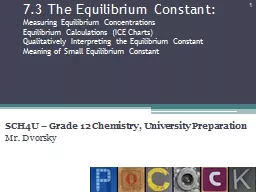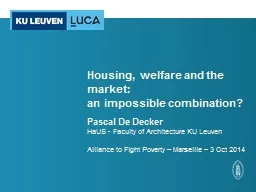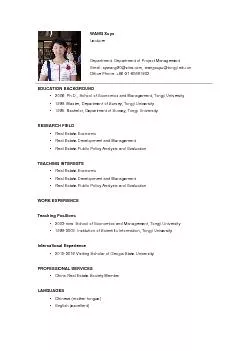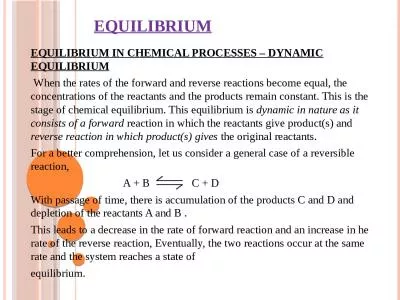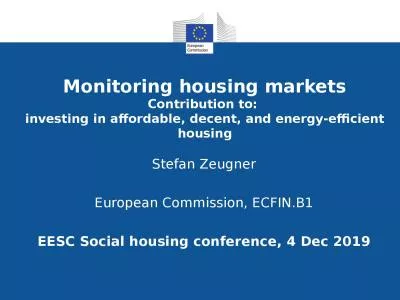PPT-Hedonic Equilibrium in Metropolitan Housing Markets
Author : pasty-toler | Published Date : 2019-11-25
Hedonic Equilibrium in Metropolitan Housing Markets Dennis Epple Prepared for presentation at University College London June 2018 Very Excellent Coauthors This presentation
Presentation Embed Code
Download Presentation
Download Presentation The PPT/PDF document "Hedonic Equilibrium in Metropolitan Hous..." is the property of its rightful owner. Permission is granted to download and print the materials on this website for personal, non-commercial use only, and to display it on your personal computer provided you do not modify the materials and that you retain all copyright notices contained in the materials. By downloading content from our website, you accept the terms of this agreement.
Hedonic Equilibrium in Metropolitan Housing Markets: Transcript
Download Rules Of Document
"Hedonic Equilibrium in Metropolitan Housing Markets"The content belongs to its owner. You may download and print it for personal use, without modification, and keep all copyright notices. By downloading, you agree to these terms.
Related Documents






